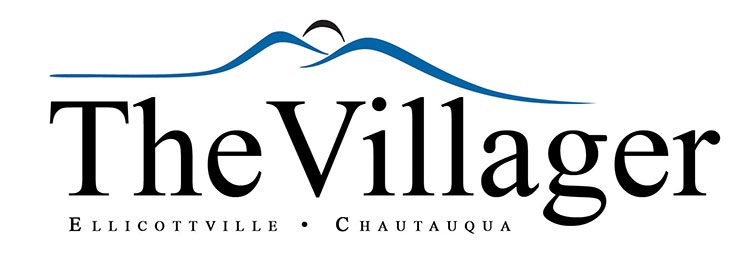By Carolann Fisher-Linn-
Seeing a veteran marching proudly in a parade, in a story on the news, or walk onto a plane where I am already seated grips my heart. When they pass me, I whisper, “Thank you.” I pray that when my dad came home in 1945 from WWII, for the last time after 16 years of service, someone did that for him. I was two and he was coming home to me for the very first time. Imagine!

War is hell for many people: The servicemen or women who are fighting to live through it, and the families left behind, also struggling to survive until their loved-ones return. Mom ended up being one of those women in a jumpsuit and scarf wrapped on their heads, who worked in the war industry to do their part. My grandparents jumped in to help raise one new baby and three more small children. The sacrifices of the servicemen who serve/served America in any capacity are what make it possible for us to live the lives we lead. How often do we think about that?
Veterans Day (Remembrance Day) is coming up next week, 11/11/11. Many Americans, Canadians and Australians have a moment of silence at 11am local time on November 11 each year to honor soldiers who fought for their country. In commemoration of the day and the hour WWI came to an end in 1918, in some places at that 11th hour, churches ring bells 11 times, followed by a moment of silence in mourning and remembrance of our servicemen and women. Our small village did that when I was growing up. Do you remember? It was called Armistice Day then, until Congress renamed it Veterans’ Day in 1954, making it a day to honor all veterans from all conflicts.
Poppies are the flower representing this solemn holiday. Their use as a symbol was inspired by the WWI poem, “In Flanders Fields.” The opening verse which introduces this article refers to the first flowers that amazingly grew from the soil over the soldiers’ graves in Flanders region of Belgium. The American Legion adopted the poppy as the official symbol of remembrance in 1920. You can find your poppy by visiting the American Legion, or from a local volunteer offering them for a small donation.
“ … {poppies} that mark our place; and in the sky the larks, still bravely singing fly, scarce heard amid the guns below…” (*“In Flanders Fields”) Think of this, especially those with a veteran on your heart right now. Listen. Hear what they say: “… We are the Dead. Short days ago we lived, felt dawn, saw sunset glow, loved and were loved, and now we lie in Flanders fields…” (*“In Flanders Fields”)
So instead of having a pre-wintertime celebration picnic or party outdoors, go visit a cemetery or better still, visit a vet who perhaps gets few or no visitors. Here are some tips by veterans from different branches, jobs and ranks found on Military.com that will help us to remember what is at the heart of Veterans Day and how we can honor our veterans on November 11. Reflect, don’t celebrate.
“… Take up our quarrel with the foe: To you from failing hands we throw the torch; be yours to hold it high. If ye break faith with us who die we shall not sleep, though poppies grow in Flanders fields.” (*“In Flanders Fields”)
Show gratitude: Take a vet to lunch. Talk with them. Ask them questions about their service, like, “what made you join?” “How old were you?” “Want to talk about it?” (Some may not.) Recognize their desire to serve in response to a call rather than merely praising them (some don’t like praise). Share your love of country with them. And, by all means, “read the room.” Some veterans may not want to talk about their time served. Honor that.
Here are some excellent movies to make you aware of what our service people went through. Black Hawk Down about the men who fought and died in Mogadishu, Somalia (1993). The Outpost (2020) likely the finest movie about the war in Afghanistan. “1917” (2019) a movie that plays out as one long, continuous take following young British soldiers on a mission to deliver critical intel that could save the lives of their fellow troops. Last Flag Flying tells the tale of a Vietnam veteran who recruits war buddies to bury his son killed in the Iraq war. Saving Private Ryan (1998) stresses the importance of brotherhood. Although most of the story is made up, the principle behind Captain Miller’s mission is based on fact giving us a local Western New York connection. The movie, Saving Private Ryan features the true-life story of the two middle Niland brothers (of four, all who served) from Tonawanda, NY Please, honor a vet. They’ve earned it.
*In Flanders Field is a war poem in the form of a rondeau, written during the First World War by Canadian physician Lieutenant-Colonel John McCrae.
